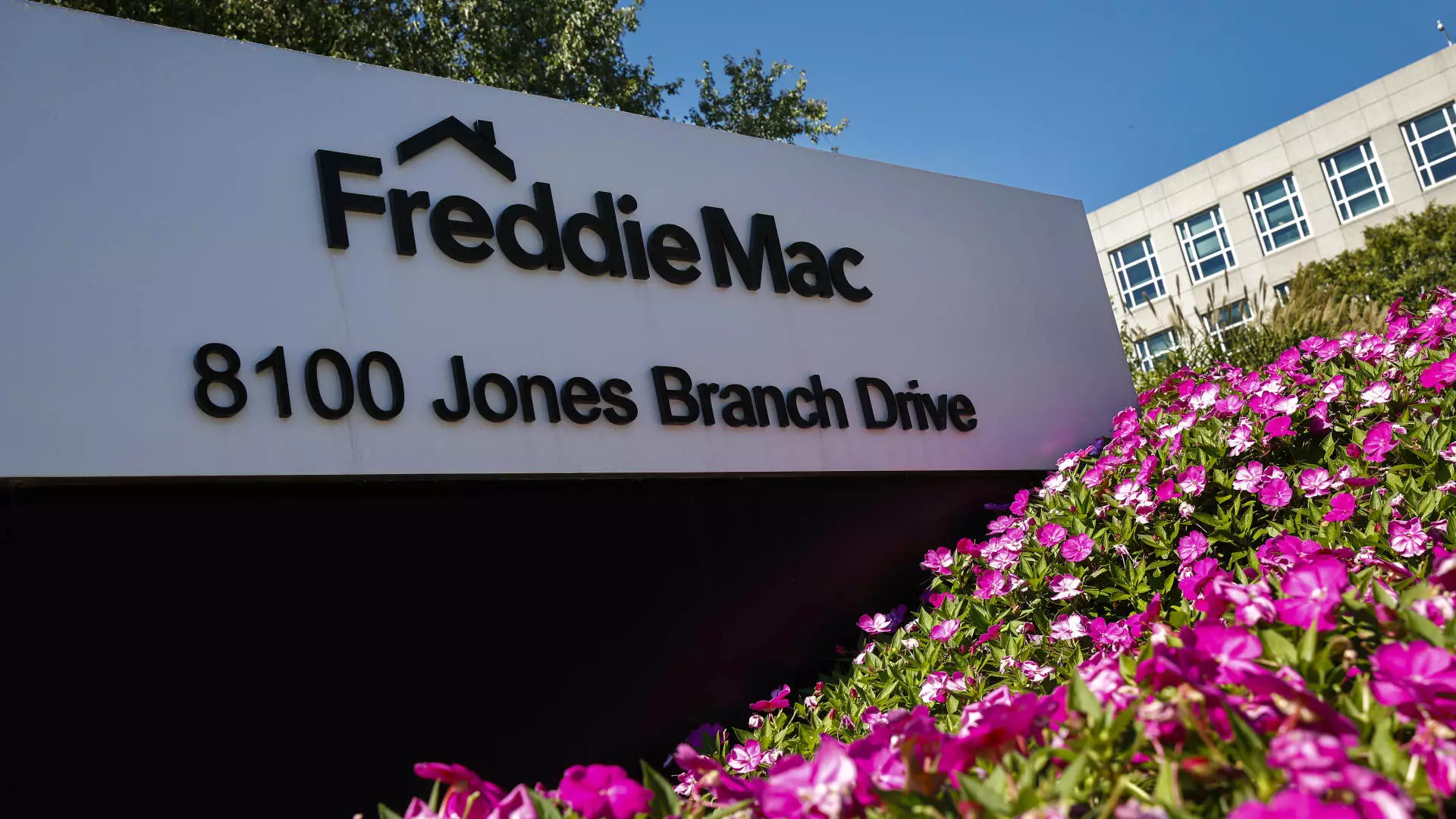The recent directive from the Federal Housing Finance Agency (FHFA) marks a pivotal moment in the landscape of American housing finance. By mandating Fannie Mae and Freddie Mac to integrate cryptocurrency into their mortgage loan risk assessments, the FHFA has laid the groundwork for a potentially transformative approach in how lenders evaluate borrower assets. This is not just about adapting to technological advances; it’s a bold step towards redefining trust and financial assessment in a rapidly changing economic climate.
Cryptocurrency: An Overlooked Asset Class
Historically, cryptocurrencies have been viewed with skepticism, often discarded by conventional lending frameworks because of their volatility and limited regulatory clarity. However, this new directive unapologetically embraces the reality of cryptocurrencies as part of modern financial portfolios. The FHFA’s decision acknowledges that many Americans are turning to digital assets as a means of wealth creation—often outside the conventional stock and bond markets. It’s a recognition that cryptocurrencies are now a fixture of the financial landscape, deserving of consideration rather than exclusion.
Enhancing Financial Inclusion
One of the most significant implications of this directive is its potential to enhance financial inclusion. By allowing borrowers to leverage their cryptocurrency holdings without requiring liquidation into U.S. dollars prior to loan closing, historically marginalized individuals now have increased access to homeownership. This shift stands to empower a new generation of homebuyers, many of whom view cryptocurrencies as essential to their economic mobility. It’s an important realization that, in an era where traditional banking systems often impede access, digital assets can actually serve as a bridge to financial security.
Accountability and Risk Management
Despite the enthusiasm surrounding this directive, it doesn’t come without caveats. The FHFA has placed stringent guidelines on how digital assets are managed in the mortgage assessment process, requiring substantial risk assessments and adjustments. These steps are crucial if we are to incorporate cryptocurrencies responsibly. It is essential for both Fannie Mae and Freddie Mac to develop robust frameworks for evaluating the volatility of these assets and their risk-weighted reserves, ensuring that lending standards aren’t compromised in this brave new world of finance.
The Political Landscape Shaped by Digital Assets
This directive is also steeped in political significance. FHFA Director William J. Pulte’s statement connects this initiative to a broader vision—one that aligns with aspirations for the U.S. to become the crypto capital of the world. It’s a politically charged move that appears to sidestep many of the partisan debates surrounding cryptocurrency. By proactively integrating this new asset class into federal housing finance, the FHFA is creating a unified front in favor of innovation that could carry bipartisan support.
Caution Ahead
While the excitement around this shift is palpable, it is prudent to maintain a healthy skepticism. The regulatory environment surrounding cryptocurrencies remains tumultuous, and changes in market perceptions could significantly impact both creditworthiness and home valuations. As lenders adapt to this new directive, they must remain vigilant against the inherent risks of incorporating highly speculative assets like cryptocurrencies. In short, we are venturing into uncharted territory, and it remains essential for all stakeholders to tread carefully.
This directive could redefine home financing in America, transforming an entire industry and impacting countless lives. However, the path forward must be navigated with both ambition and caution. The stakes are high, and the need for responsible integration is critical.

